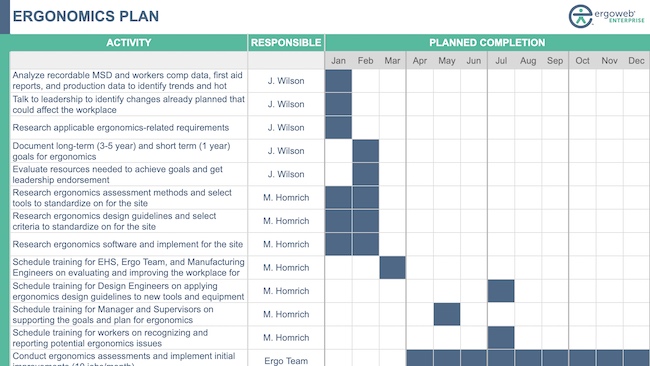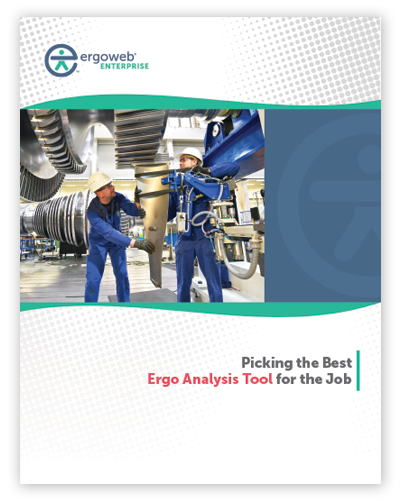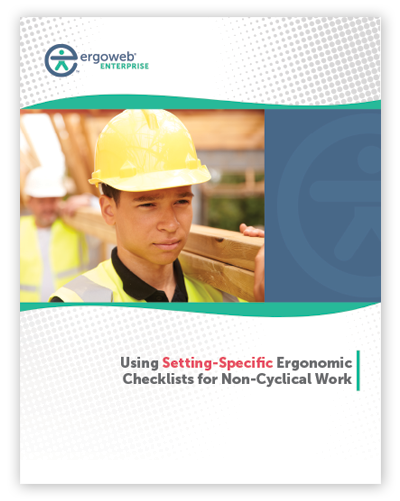June 28, 2012
In this reprint from The Ergonomics Report archives, journalist Jennifer Anderson interviewed the late Hal W. Hendrick - the "Macroergo Pioneer" - who shared his insights and provided examples demonstrating why good ergonomics is good economics, a theme that continues to resonate today.






